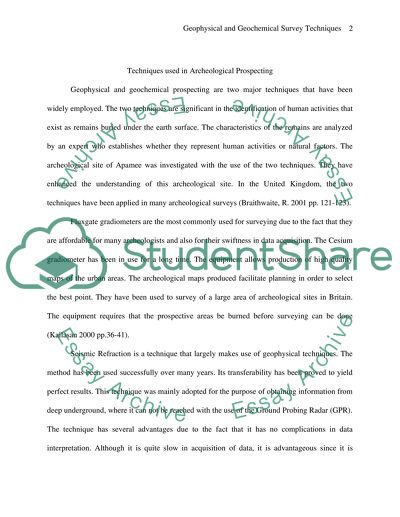Cite this document
(Techniques Used in Archeological Prospecting Coursework, n.d.)
Techniques Used in Archeological Prospecting Coursework. Retrieved from https://studentshare.org/archaeology/1551876-critical-assesment-of-geochemistry-and-geophysics
Techniques Used in Archeological Prospecting Coursework. Retrieved from https://studentshare.org/archaeology/1551876-critical-assesment-of-geochemistry-and-geophysics
(Techniques Used in Archeological Prospecting Coursework)
Techniques Used in Archeological Prospecting Coursework. https://studentshare.org/archaeology/1551876-critical-assesment-of-geochemistry-and-geophysics.
Techniques Used in Archeological Prospecting Coursework. https://studentshare.org/archaeology/1551876-critical-assesment-of-geochemistry-and-geophysics.
“Techniques Used in Archeological Prospecting Coursework”, n.d. https://studentshare.org/archaeology/1551876-critical-assesment-of-geochemistry-and-geophysics.


